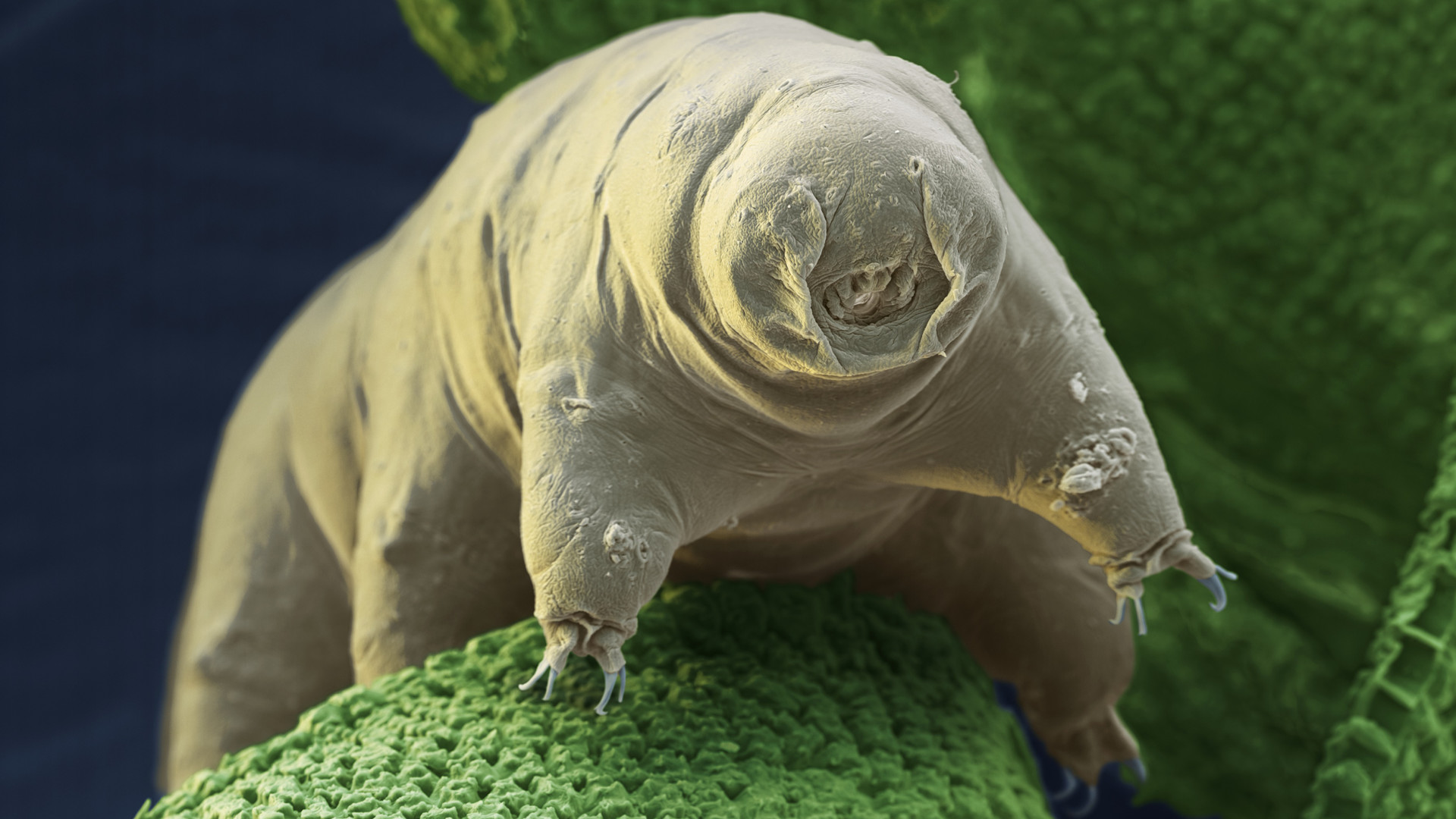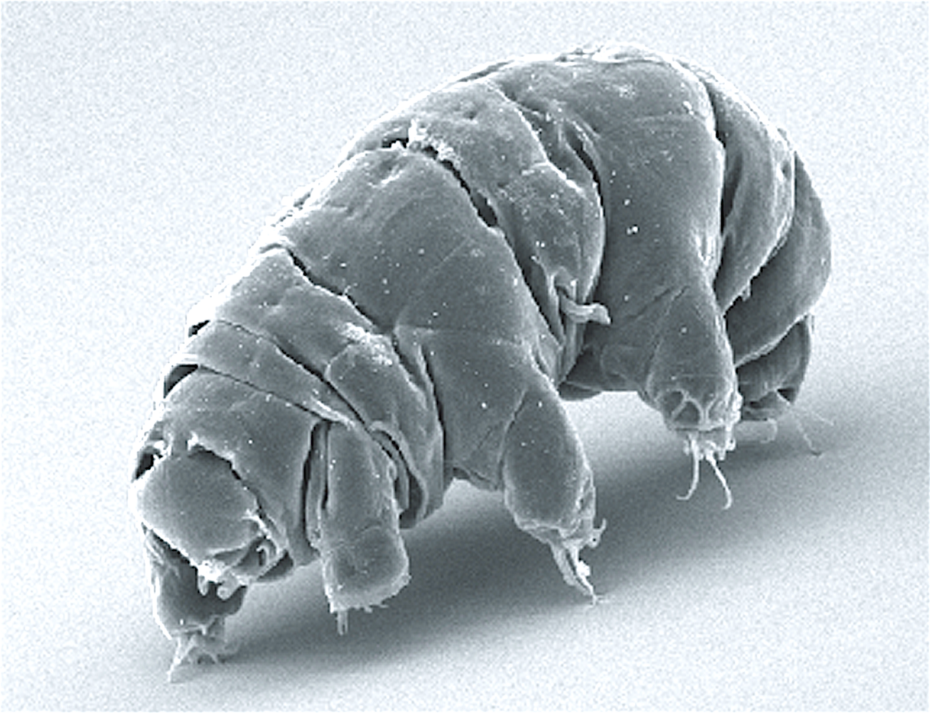Orion
Member
- Joined
- Oct 23, 2015
- Messages
- 858
Thanks! Not sure if you saw it, but lucenzo01 is also a former user Accutane and has a thread where he shared his great results.
Thanks, will take a look.
Follow along with the video below to see how to install our site as a web app on your home screen.
Note: This feature may not be available in some browsers.
Click Here if you want to upgrade your account
If you were able to post but cannot do so now, send an email to admin at raypeatforum dot com and include your username and we will fix that right up for you.
Thanks! Not sure if you saw it, but lucenzo01 is also a former user Accutane and has a thread where he shared his great results.
I guess you have to be a patreon to get the podcastI was on Danny's podcast last month (January 2018) and should be on again this coming Friday. I thought he announced it on his page a few times??
1 dollar a month. I don't remember if one can unsuscribe easily.I guess you have to be a patreon to get the podcast
At least one of those Indian man spent 15 days in a hospital ward under observation of doctors and he did just fine with no food or water. I am not sure why this is not bigger news as if true it would be groundbreaking.
Docs Baffled by Man Who Doesn't Eat or Drink
"...Jani spent more than two weeks in April and May under the observation of doctors at Sterling Hospital in the western Indian city of Ahmedabad. "We studied him for 15 days with him taking no water or food," Dr. Sudhir Shah told ABC News. Shah said that Jani gargled water and took baths, but consumed nothing. While thin, Jani is healthy, doctors said. "Somebody doesn't take water for seven or eight days he surely dies," Shah said. Perhaps as equally interesting for the doctors was the fact that Jani passed no urine or stool during the time period. Shah said the normally when someone has no stool or urine, they need dialysis. Jani has confounded the scientists. "We are studying the phenomenon," Shah said."
They monitored him for 15 day simply because he cant go longer.
Yes thats impressive to not drink water for more than a week, that man certainly has adapted himself to it over years of training.I don't think anybody "normal" can survive without water for 15 days. Food - yes, but not water. The maximum recorded survival without water is about 6 days and for most people is 3-4 days. Even if this guy turns out to not be able to tolerate more than 2 weeks without water that's still pretty impressive and I would like to know how he does it.
The 15 days maximum was probably for medical ethics reasons. Since it is considered possibly life threatening experiment, the hospital which admitted him probably had to cap the experiment out of fear he will die in their care and they will get sued or attacked. I am pretty sure there are laws on that in India as there are in the US. The guy apparently has a huge following in India and as a hospital you don't want to be known as the place that got the best of him
And from what i read on his wikipedia page in oe of experiments his weight slightly decreased after fasting! So another sign that says his claim are not true.
Interesting.Yeah, I don't buy the claim (yet) he can subsist on "ether" or electricity like these guys:
Biologists discover electric bacteria that eat pure electrons rather than sugar, redefining the tenacity of life - ExtremeTech
But then again, if bacteria can do it then maybe higher life forms can do it as well through some form of adaptation/training?? Maybe at least partially?? Certainly thought provoking.
@haidutI mentioned on a few of Danny Roddy's shows about the current experiments with so-called "suspended animation".
Suspended animation - Wikipedia
Those experiments proved that an organism can be made completely dead (legally speaking) with no heartbeat, no brain activity and no organ function, and it can be kept in that state for days. After that, upon reintroduction of blood and resuscitation, the organism comes back to life and appears completely normal. Up until last year, the experiments had been conducted only with animals, but news leaked that a few US military sites successfully applied the technique to critically injured solders, and it worked just as well.
Aside from the thorny questions this raises about what "dead" really means, it also raises the uncomfortable possibility that "dead" people are being buried while still in a state where they can possibly be revived. In support of this "death as a process as opposed to an event" idea, the study below found that some cells from "dead" humans remain alive and viable for more than 2 weeks, and are completely functional when transplanted in a "living" body. The cells enter a state not unlike the one of suspended animation (or hibernation) and dramatically slow down their metabolism in order to conserve energy.
This reminds me of Peat's article on a toad that had been "buried" accidentally in concrete when a new house was being built and spending several decades in this state of hibernation. When the house was being demolished and the toad was found by workers, it quickly revived when they poured some water on it. A similar process of truly suspended animation is employed by the tardigrade (water bear), and it is thought that the mechanism responsible for this amazing feat of survival is the animal's usage or the sugar trehalose in its cells.
Tardigrade - Wikipedia
"...Tardigrades are one of the few groups of species that are capable of suspending their metabolism (see cryptobiosis). Many species of tardigrade can survive in a dehydrated state up to five years, or in exceptional cases longer.[42][43] Depending on the environment, they may enter this state via anhydrobiosis, cryobiosis, osmobiosis, or anoxybiosis. While in this state, their metabolism lowers to less than 0.01% of normal and their water content can drop to 1% of normal.[34] Their ability to remain desiccated for such long periods was thought to be largely dependent on the high levels of the nonreducing sugar trehalose, which protects their membranes, although recent research suggests that tardigrades have a unique type of disordered protein that serves a similar purpose: It replaces water in the cells and adopts a glassy, vitrified state when the animals dry out.[44] Their DNA is further protected from radiation by a protein called "dsup" (short for damage suppressor).[45][46] In this cryptobiotic state, the tardigrade is known as a tun.[47]"
Peat wrote about trehalose, which is a non-reducing sugar, and its ability to stabilize cells and protect them from radiation, poison and other assaults. Another non-reducing sugar is sucrose. I don't know if these sugars can perform the same feats in humans, but it certainly seems likely. It remains to be seen if trehalose/sucrose will be used in those suspended animation experiments with humans when they become more widespread.
Skeletal muscle stem cells adopt a dormant cell state post mortem and retain regenerative capacity
After death, some stem cells remain alive for days | FierceBiotech
"...By becoming dormant, skeletal muscle stem cells can survive in a human body after a person dies, for a good 17 days after the fact. During that time, it turns out, they're still viable enough to be revived and then subdivide into workable cells, Fabrice Chretien of the Pasteur Institute in Paris and his colleagues have discovered. Their finding, published in the journal Nature Communications, could someday allow for patients to donate their stem cells, post-mortem, for use as a possible tissue rebuilding treatment.
Previously, these kind of stem cells were thought to survive for no more than a day or two, but the research team's data on the survival skills of human skeletal stem cells in a dead body explodes that notion. The same thing goes for mice: The researchers determined that these same kind of stem cells remain alive in rodents for about 16 days, the Daily Mail, Agence France Press, and others reported. Separately, they learned that bone marrow stem cells in mice survived for about four days after death and could still rebuild tissue in the wake of a bone marrow transplant.
The key to remaining viable: The skeletal stem cells slowed their metabolism until they became dormant, allowing them to conserve vital energy even as the body in which they are housed dies around them."

The link is no longer available.One caution regarding trehalose
Dietary sugar linked to increasing bacterial epidemics
"The researchers investigated what sources of food RT027 and RT078 preferred. They discovered that these lineages can grow on levels of sugar trehalose that are about 1,000 times lower than those needed by other lineages of these bacteria, giving RT027 and RT078 a major advantage. Each lineage is highly efficient at using trehalose and evolved independent mechanisms to utilize this sugar. To connect the ability to metabolize low levels of trehalose with increased disease severity, the researchers worked with a mouse model of C. difficile infection."
"Further experiments showed that increased disease severity in the presence of trehalose could not be explained by the mice having higher numbers of bacteria, instead what made the disease more severe was that RT027 produced higher levels of toxins."
"These and other experiments provide evidence that dietary trehalose has contributed to the predominance of epidemic C. difficile lineages and to their virulence. Because the genetic factors that allow these bacteria to metabolize trehalose and increase the production of toxins were present well before the outbreaks started, the researchers investigated what could have triggered the epidemics."
"In 2000, trehalose was approved as a food additive in the United States for a number of foods from sushi and vegetables to ice cream, and about three years later the reports of outbreaks with these lineages started to increase," Britton said. "Other factors may also contribute, but we think that trehalose is a key trigger.""


"Amazingly, when we introduce these proteins into human cells, they gel and slow down metabolism, just like in tardigrades," Sanchez-Martinez says. "Furthermore, just like tardigrades, when you put human cells that have these proteins into biostasis, they become more resistant to stresses, conferring some of the tardigrades' abilities to the human cells."